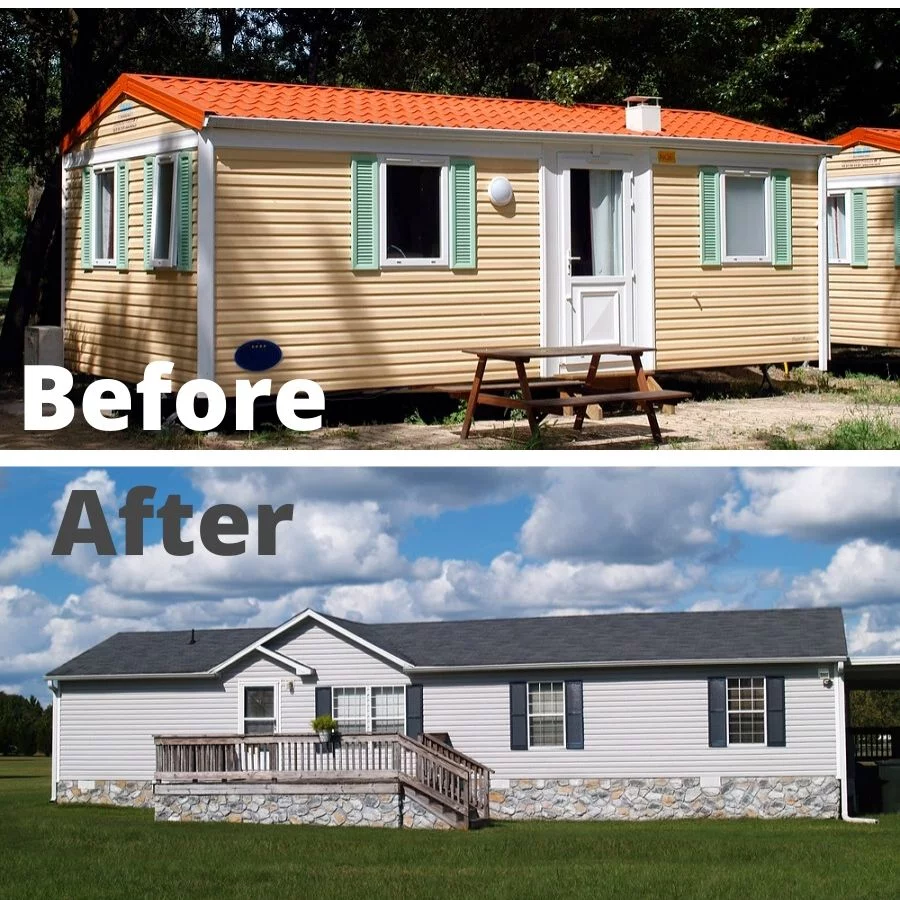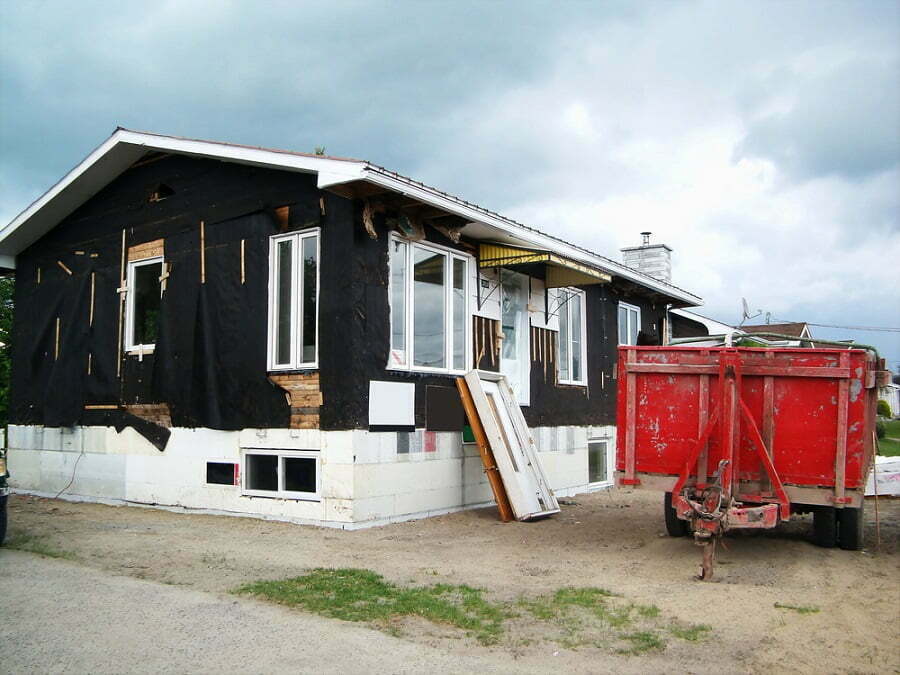Last updated on
Learn practical steps to secure funding for your accessory dwelling unit in California.
Key takeaways:
- Home Equity Loans and Personal Loans are financing options for building an ADU in California.
- FHA loans and VA loans provide low-down-payment options for ADU financing.
- ADU assistance programs in California offer financial aid and guidance for construction.
- Familiarize yourself with ADU requirements in California, including size restrictions and parking regulations.
- Understand that lenders will evaluate your creditworthiness, debt-to-income ratio, property equity, and detailed ADU plans when considering a loan application.
Financing Options

Rolling up your sleeves to build an ADU, but your wallet feels like it’s on a diet? Fret not, there are several avenues to fatten up your finances without selling your grandma’s antique silver. Home Equity Loans can be your trusty sidekick, letting you borrow against the equity of your home, while Personal Loans stand by, ready to assist without needing collateral.
Got friends in high places? FHA loans might be your ticket, offering low-down-payment options favorable for first-time homebuyers or those who haven’t owned a property in a while. VA loans are like VIP passes for veterans, allowing eligible service members to finance 100% of the construction costs. Cash-out refinance could also be an ace up your sleeve by replacing your existing mortgage with a new, larger one and putting the difference to work on your ADU.
Don’t forget, credit unions sometimes have a local charm with competitive rates. Make sure to play the field and compare rates across different lenders, and keep an eye out for any ADU-specific loan programs that might be lurking around the financial landscape of California. Your future granny flat, backyard cottage, or rental space could just be a well-considered financial choice away.
ADU Assistance Programs
California’s sunny disposition extends to its approach to housing, offering a ray of hope for homeowners through assistance programs aimed at ADU construction. These programs come in various shapes and sizes, spurring on creation by providing financial aid, such as grants or low-interest loans.
Take the CalHFA ADU Grant Program, for example, which flicks a financial wand by giving eligible homeowners up to $40,000 to cover pre-development costs. Homeowners can use the funds for things like site prep and architectural designs without the stress of repayment—it’s like a small golden ticket to your housing dreams.
Then there’s the Self-Help Enterprises program, a nod to community support, offering not just financial assistance, but also a guiding hand through the stages of construction. For those who like the camaraderie of neighbors working together, it’s an engaging way to see your project through.
Programs like these often prioritize low-income households or areas with critical housing shortages. They’re like friendly neighbors: there to lend a shovel, or in this case, enough dollars to get the foundations laid. It pays to keep a keen eye on city and county-specific initiatives; they can sometimes pop up faster than spring daisies, and just as welcoming.
Remember to comb through the requirements with a fine-toothed comb – income limits and occupancy stipulations often apply. If your situation fits like a glove, these programs can be the financial springboard to leap into ADU ownership. It’s essentially an invite to the financing party, and in the golden state, the RSVP is worth considering.
ADU Requirements in California
Before you put your hard-earned cash into building an ADU, you need to familiarize yourself with the local guidelines that are as diverse as California’s landscape. State laws provide a framework, but your city or county can add its own twist. For a start, be prepared to prove that your property’s main residence is legal. This isn’t a treasure hunt; it’s the law!
Size matters in the Golden State. Your ADU can’t usually exceed 1,200 square feet, and it must play nice with property line setbacks. Don’t forget about parking either—while some areas are waving goodbye to parking requirements, others still hold a tight grip on them.
Getting an ADU up is a bit like a balancing act. You’ll need to consider privacy, avoiding any unnecessary peek-a-boo moments with the neighbors. Also, think about the infrastructure—water, sewerage, and power. Connecting your ADU to these essentials can’t be an afterthought.
And no, it’s not the Wild West; permits are as necessary as sunscreen on a sunny California beach day. Skipping this step could see your ADU dreams tumble like a house of cards. So, line up those ducks—get your paperwork, and permits in order—and you’ll be ready for the exciting journey of ADU ownership. Keep this advice in your back pocket, and you’re off to a solid start.
Understanding ADU Loan Requirements
Lenders typically view ADUs as value-adding improvements, akin to a kitchen remodel or an added bedroom. However, they’ll scrutinize your creditworthiness just as closely. A strong credit score improves your odds for approval and secures better interest rates. It whispers to lenders that you’re as reliable as a Swiss watch.
Your debt-to-income ratio also enters the limelight here. It’s the portion of your income that’s already promised to other debts, and keeping it low is your golden ticket. Lenders love seeing that your financial plate isn’t overloaded, making space for the new ADU debt you’re courting.
Lenders will evaluate your property’s equity too. Think of equity as your financial stake in your property – the part you truly own. The more equity you have, the more likely lenders are to open their vaults for you. It’s a case of the more, the merrier.
Lastly, prepare to showcase your ADU plans with as much detail as possible. Detailed plans signal to lenders that you’re serious and well-prepared. They don’t lend to daydreamers but to homeowners with clear visions and concrete blueprints.
Comprehending these factors sets you on a solid path to finance your ADU. Each is a tool to build your case for a loan – wield them wisely!
Steps to Securing an ADU Loan
Embarking on your ADU project starts with a solid financial foundation. First things first, look at your credit report like a fortune-teller gaze at a crystal ball—it shows your fiscal future to lenders. A strong credit score could pave the way to more favorable loan terms, while a lower score might need some polishing before you set out.
Next, gather your financial ducks in a row. This means rounding up documents such as tax returns, pay stubs, and bank statements. Think of it as financial show-and-tell for the lender—they’ll want to see your ability to repay the loan reflected in hard numbers.
Having equity in your property is like a golden ticket here. Lenders are more willing to finance your ADU dream if your home equity can serve as collateral. Consider a home equity loan or line of credit; it’s leveraging what you’ve already invested in your property to build even more value.
Then, prepare for a little heart-to-heart with a loan officer. Think of it as a financial checkup. They’ll assess your fiscal health and prescribe the loan that fits your budget like a glove. Expect to discuss loan amounts, terms, interest rates, and any peculiarities your ADU project might entail.
Lastly, don’t forget to apply for grants and programs specific to Californians. They’re like the secret sauce to making your ADU project more palatable financially, potentially offering a smorgasbord of benefits from reduced fees to expedited permits.
Approaching ADU financing methodically sets you up not just for a successful build but for years of added value and enjoyment from your new space. Keep things transparent, anticipate lender concerns, and you’ll be in good stead to finance the backyard nirvana you’re envisioning.
Related reading:
Table of Contents





